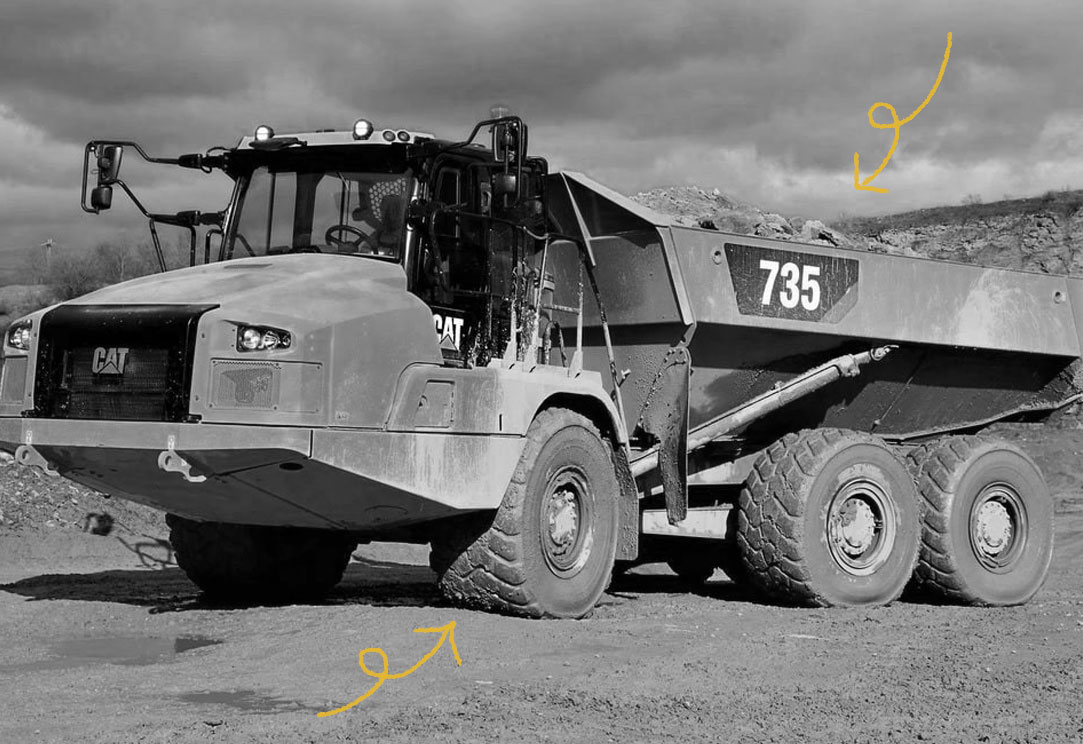In the late 1890s, a British naval engineer named John Isaac Thornycroft created one of the dump truck’s earliest predecessors — a cart that attached to a carriage and could tilt back to easily release the materials being moved. In the United States, several companies — including the Fruehauf Trailer Corporation, Galion Buggy Co., and Lauth-Juergens — developed similar motorized vehicles. Wood Hoist Co. introduced hydraulic beds in the early 1900s, revolutionizing the automotive industry and laying the groundwork for today’s dump trucks. When World War I broke out, the demand for dump trucks rose significantly and many American automakers competed for military contracts. August Fruehauf’s “Fruehauf Trailers” won and were used to haul supplies. During World War II, hydraulic designs were used on vehicles so that supplies could be moved quickly and easily. Later, these vehicles were transformed into troop carriers. In the 1950s, heavy-duty civilian equipment began to emerge. The manufacturer Faun introduced bottom dump trucks that could drop a payload through gates on the bottom of the bed, enabling the carrying of very heavy loads. Companies like Komatsu, Euclid, and Tournarockers also engineered dump trucks capable of carrying increasingly heavy payloads. When President Dwight Eisenhower signed the Interstate Highway Act in 1956, the large-scale construction project furthered the demand for dump trucks, which quickly became a key part of postwar industry in America. Today, dump trucks continue to make moving large amounts of material possible and play a crucial role in many industries all around the world.

Your go-to guide for weird history facts
Subscribe to the FREE daily email that makes learning about history fun.


